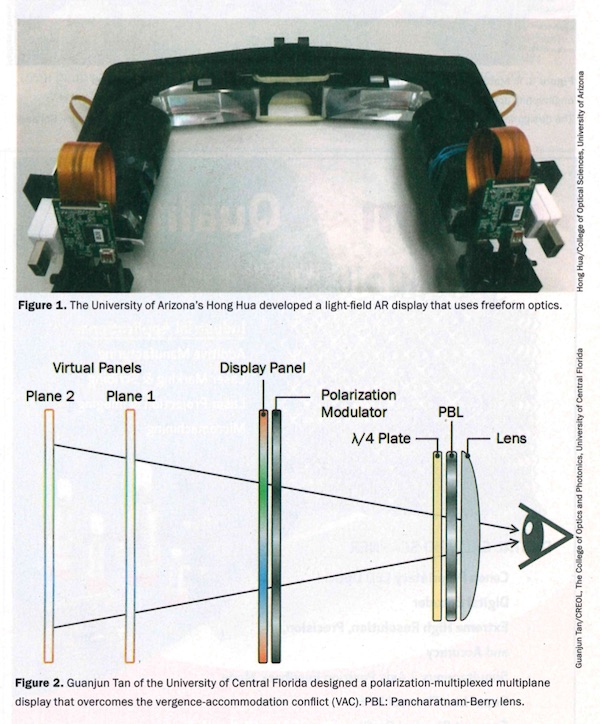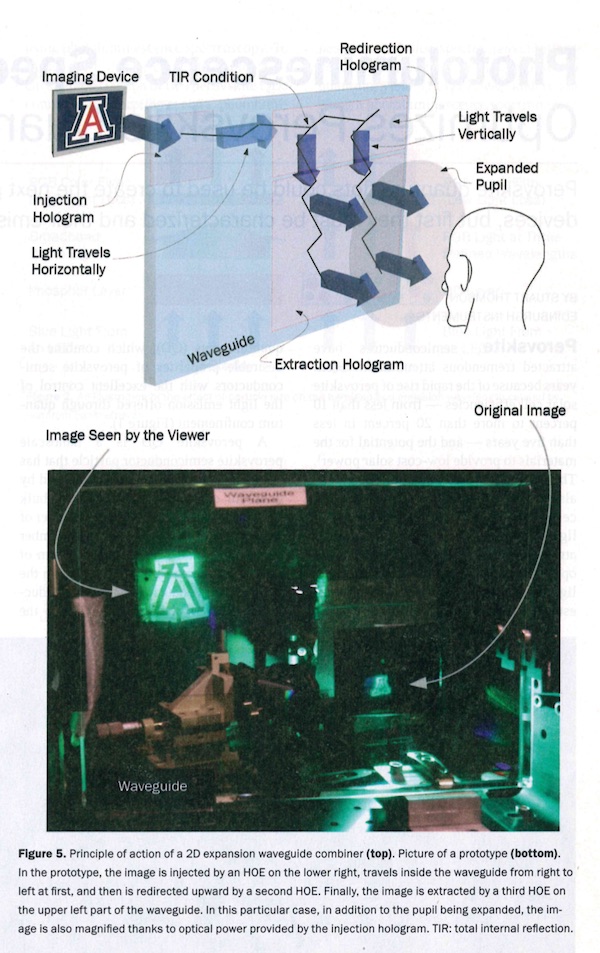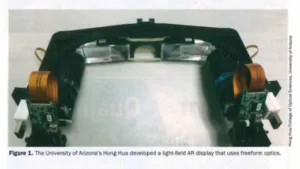For years, analysts have fallen into two categories when it comes to AR / VR. There are the ‘Enthusiasts’ that believe that there is no other technology necessary after we are all connected via headset and the ‘Where is the Money’ crowd that points out that since the beginning AR / VR sales could never have lived up to the hype of the ‘Enthusiasts’.

While both sides have good arguments about their particular point of view, there has to be a reason why the commercial success is lacking behind any forecast any market research company ever published.
I want to suggest that the reason is very simple; the performance is just not good enough to entice the average consumer into shelling out significant money into another device besides their smartphone, which at the same time is becoming more and more expensive. Most people live on a budget that allows for a certain amount of money to be spent on electronic gadgets, and for most people that spot is filled by buying a new smartphone every year or at least every second year. I am pretty sure the phone companies like it that way.
Analysts typically love new things, as they finally can write about something new. So we are among the first to use these devices as soon as we can get our hands on them. In most cases the experience has been somewhat disappointing as the image quality left a lot to be desired. So, in the next year, we come again and see clear improvements and this continues year after year. What we are really not good at is to judge when the device is good enough to convince the average consumer. We see yearly improvements, but fall short in assessing the real image quality level.
To make my point I want to refer to articles that appeared this summer in Photonics Spectra (June 2019), a trade magazine fo the optics industry.
Nontraditional Optics for AR/VR headsets
This article from Farooq Ahmed, a contributing editor explains how conventional optics can’t deliver really good imagery and consumer experience. First he goes into the issue of VAC (Vergence Acommodation Conflict), which Hong Hua (professor at the University Arizona College of Optical Science) makes responsible for some of the cyber sickness many are experiencing. Most of you will remember this issue from the 3D TV introduction that ultimately failed. Solutions to overcome the VAC include multiplexing schemes in the spatial or time domain. At SPIE Photonics West 2019 a student from the University of Central Florida College of of Optics and Photonics won first place in an optical design challenge for creating a headset with multiple focal planes based on a spatial polarization modulator.
 University Central Florida Multiplanar Imager and Freeform Optics – credit: Photonics Spectra May 2019
University Central Florida Multiplanar Imager and Freeform Optics – credit: Photonics Spectra May 2019
To make headsets smaller and more lightweight Jannick Roland, professor at the Institute of Optics at the University of Rochester suggested going away form conventional lenses and using free form optics to achieve a wide field of view in a sunglass style headset. The key is to machine these freeform lenses to an accuracy of nanometers as any imperfection is magnified in this ‘near the eye’ application.
Holographic Combiners
In the article by Pierre-Alexandre Blanche, research professor at the University of Arizona, College of Optical Sciences, he addresses the importance of optical combiners. The issue of optical combiners was first addressed by head-up displays, which are making a significant inroad into cars at the moment. The issue with the windshield reflection is the ghosting that leads to soft images. The same issue exists also for AR headsets that need an optical combiner to bring the augmented content into the field of view of the user. Their solution is to move to flat combiners that use holograms to steer and extract light fields from an imager within a flat sheet of the waveguide. After injecting the image into the waveguide, redirection holograms move the image to the place in the wave-guide where the user will observe the AR image after being extracted by the extraction hologram.
 University Arizona Flat Combiner for AR – credit: Spectra Photonics May 2019
University Arizona Flat Combiner for AR – credit: Spectra Photonics May 2019
This solution will create the flat and thin waveguide the AR headset developers have been searching for for many years.
When we look at all these solutions we can see that the academic community is working on solutions to make the AR and VR headsets more viable. This is exactly the issue I am seeing, when the University level is still developing solutions for identified issues, we are far away from industry solutions that will come to a consumer within a short period of time. Universities do not develop consumer products, they develop the underlying technologies. Universities do not develop LCD materials anymore, they work on quantum dots and OLED materials for the next generation displays. In other words we need to give AR / VR technologies more time to develop and establish technologies ultimately leading to satisfactory devices that can live up to the hype. – NH

